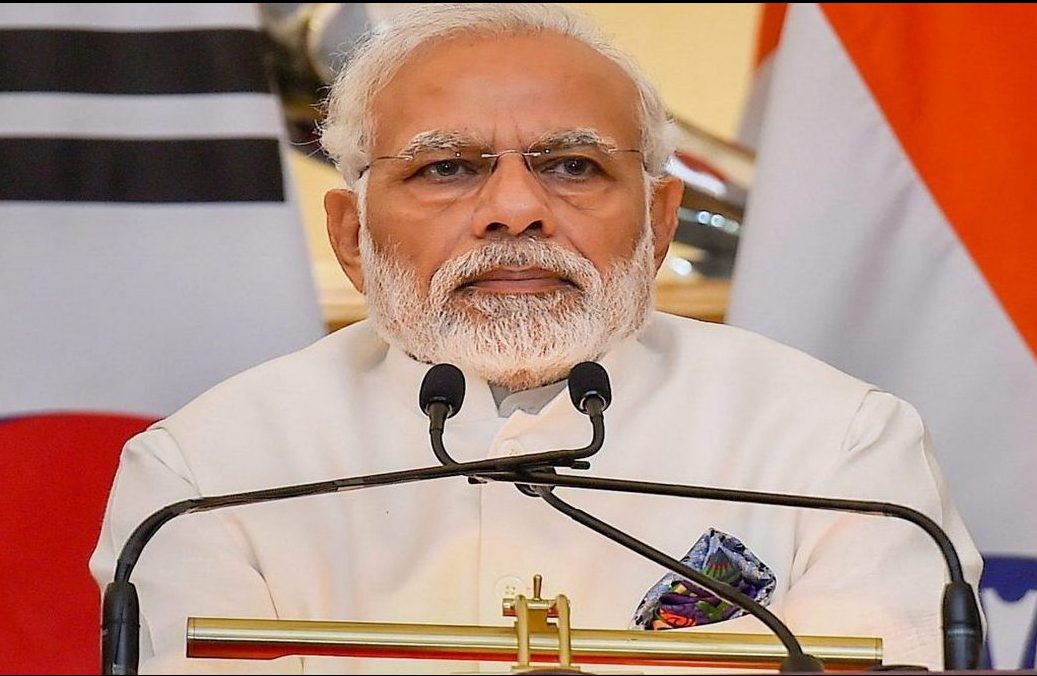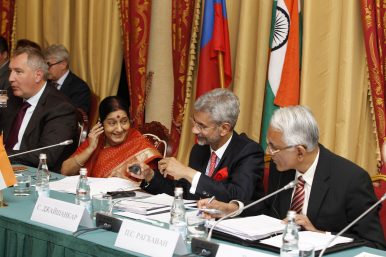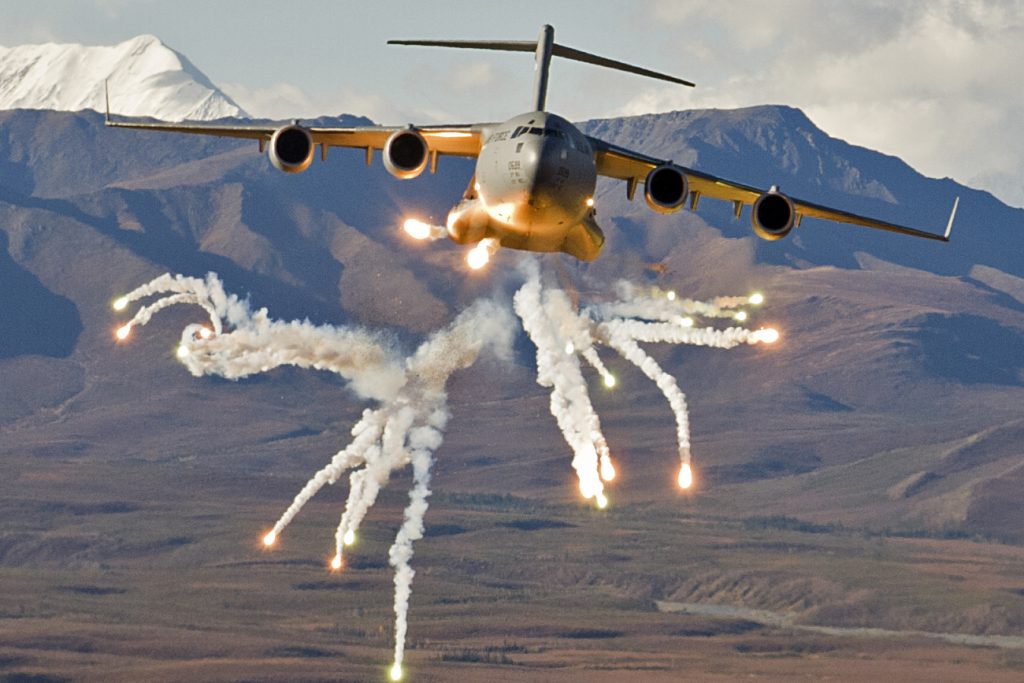T. Greer
A new science of human behavior has emerged over the past two decades. This new science has linked together the research of neuroscientists, cognitive and evolutionary anthropologists, decision theorists, social and cross cultural psychologists, cognitive scientists, ethnologists, linguists, endocrinologists, and behavioral economists into a cohesive body of research on why humans do what they do. Research in this field rests on two propositions about the human mind. The first, that the mind is embodied; the second, that it is evolved.
When behavioral scientists say the mind is embodied, they mean the mind is a biological thing and the study of decision making cannot be divorced from the architecture of the biological machinery that makes the decisions. Their research suggests most of the mind’s machinery works under the hood, below the level of conscious awareness. Researchers have their favorite object of study: for some it is hormones and emotions, for others it is specialized cognitive modules evolved in the deep human past to solve problems faced by our hominid ancestors, and for yet others it is culturally created cognitive gadgets impressed into the biological structure of brains at an early age by the societies in which we grew up.















